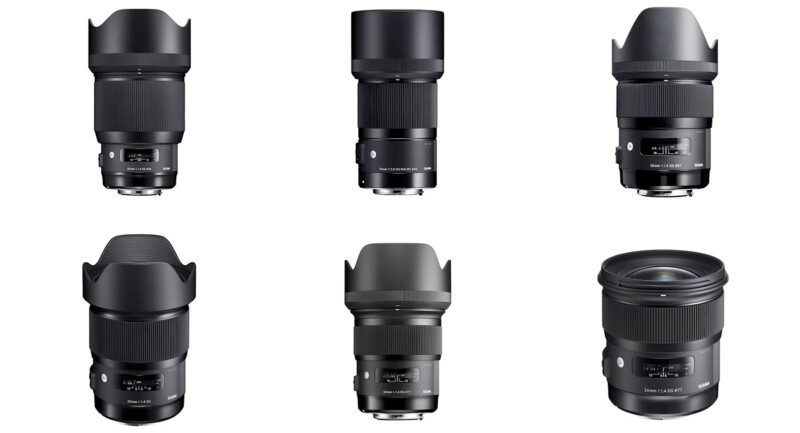‘Planet Earth’ Cinematographer Lived in the World’s Largest Cave for 17 Days
![]()
To capture one of the most incredible parts of Planet Earth III, cinematographer Luke Nelson spent 17 days living 700 feet underground in a cave in Vietnam.
In a conversation with Variety, Nelson explained the significant challenge the crew faced to light Hang Son Doong Cave and how the team required specialized cameras and lenses to capture the beauty of the cave and its subterranean river. The cave’s name is commonly translated from Vietnamese as “cave of the mountain river.
Hang Son Doong is believed to be the largest cave on Earth, as Sir David Attenborough explains in episode six of 2023’s Planet Earth III series. The episode “Extremes” attracted significant attention for the Hang Son Doong Cave segment. It is, simply put, a marvel. Surprisingly, it’s a very new one, too, as the cave was only discovered in the 1990s and has been relatively little explored since due to permit requirements and seasonal challenges.
“Hang son Doong, Vietnam, one of the largest caves on Earth. It is a portal to an extreme world, two hundred meters deep underground. Plants can only survive in this spot because light streams through a hole in the cave roof,” BBC explains. “Travel deeper and you enter a world of complete darkness, where no plants can grow but where, remarkably, life can be found. To film this extraordinary place, the team worked and camped for 18 days underground, longer than anyone else has spent in this cave.”
“I got involved in cinematography, specifically in Planet Earth III, in quite a wild way,” Nelson tells Variety as part of its ‘Artisans’ series presented by HBO. “After a few months living in London, really struggling, I came across an ad on Google that said, ‘Work on the next landmark series, Planet Earth III. I applied, and that led me down a three, four-year-long journey working on it.”
When Nelson and the crew arrived at Hang Son Doong Cave, they geared up, ventured into the cave, and turned on their lights. They then spent the next two and a half weeks entirely in darkness.
“The cave sequence took over two weeks to shoot,” Nelson explains. “And of that period, we were underground for a lot of it.”
The team used various cameras, including drones, DSLRs, and large cinema cameras. “Every camera has its purpose in these situations,” Nelson says.
The cave has been rarely photographed and never filmed like it was for Planet Earth III, so the priority was more on capturing it rather than fussing over every possible way to shoot it. The team put cameras in the air, set up rigs, and used cameras on the underground river.

Nelson says the team used a set of Sigma full-frame primes, an Arri Alura 15-45mm, and an Angénieux Optimo Ultra 12x zoom lens. He adds that having a cinema zoom lens was especially helpful in the cave because the dusty environment made constantly changing lenses a hassle.
Lighting a cave as large as Hang Son Doong is difficult for a one-day expedition. Lighting it for filming over 17 days is a monumental task, requiring a lot of creativity and a ton of batteries. The team used many different lights during filming, including iPhones, flashlights, headlamps, homemade LED panels, and huge industrial lights. The team even built a custom LED setup on a drone, providing one of the most remarkable shots of the trip.
Near the end of the underground adventure, the Sun pillared through one of the holes in the cave’s roof, reaching the team 700 feet below the surface.
“The day when the Sun shone through one of the dolines in the roof, which is a small kind of hole that collapsed in the roof of the cave system, that was probably one of my best days. I mean, the Sun kind of just is reflecting off all this water and rock and it’s just — it lights up this place that otherwise wouldn’t be lit. And I think in a period that we were there, for over two weeks, the Sun only broke through the mist once,” Nelson explains.
While there were significant challenges to working underground for so long, Nelson recalls the experience as incredible.
“It’s an amazing reset to have the chance to switch off in nature for two weeks. I think people pay a lot of money to be able to do something like that. Here I am, just living that experience because of the career I’ve chosen. It’s an honor.”
Image credits: BBC’s Planet Earth III